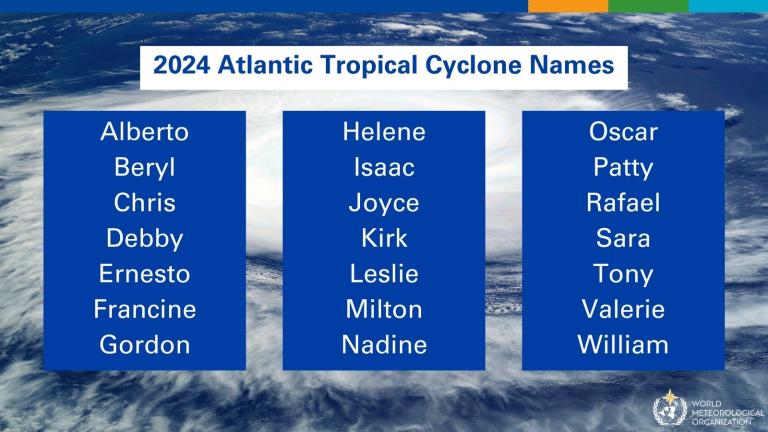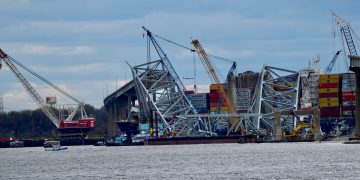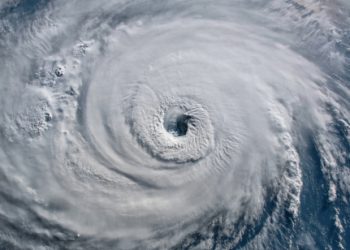High ocean heat content and the anticipated development of La Niña are expected to fuel an above average hurricane season in the North Atlantic this year, according to the US National Oceanic and Atmosphere Administration (NOAA).
In particular, World Meteorological Organization, highlights that NOAA’s Climate Prediction Center forecasts a range of 17 to 25 named storms (average is 14). Of those, 8 to 13 are forecast to become hurricanes (average is 7), including 4 to 7 major hurricanes (average is 3). A major hurricane is category 3, 4 or 5 on the Saffir Simpson, with winds of 178 kmh/111 mph or higher.

The Atlantic hurricane season lasts from 1 June to 30 November and is carefully monitored by the World Meteorological Organization Tropical Cyclone Programme. There have now been eight consecutive years of above average activity. The last below normal season was in 2015.
It takes just one landfalling hurricane to set back years of socio-economic development. For example Hurricane Maria in 2017 cost Dominica 800% of its Gross Domestic Product. Early warnings by the WMO community and improved disaster risk management have dramatically reduced fatalities, but Small Island Developing States in the Caribbean still suffer disproportionately.
…said WMO Deputy Secretary-General Ko Barrett.
With another active hurricane season approaching, NOAA’s commitment to keeping every American informed with life-saving information is unwavering.
said NOAA Administrator Rick Spinrad, Ph.D.
As one of the strongest El Ninos ever observed nears its end, NOAA scientists predict a quick transition to La Nina conditions, which are conducive to Atlantic hurricane activity because La Nina tends to lessen wind shear in the tropics. At the same time, abundant oceanic heat content in the tropical Atlantic Ocean and Caribbean Sea creates more energy to fuel storm development.
Between 1970 and 2021 tropical cyclones were the leading cause of both reported human and economic losses worldwide, accounting for more than 2 000 disasters.
However, the death toll decreased from more than 350,000 in the 1970s to less than 20,000 in 2010-2019. Reported economic losses in 2010-2019 were at 573.2 billion dollars.
As explained, NOAA cited the near-record warm ocean temperatures in the Atlantic Ocean, which creates more energy to fuel storm development. The anticipated transition from El Niño to La Niña is another factor because La Niña tends to lessen wind shear in the tropics.
This hurricane season also features the potential for an above-normal west African monsoon, which can produce African easterly waves that seed some of the strongest and longer-lived Atlantic storms. Finally, light trade winds allow hurricanes to grow in strength without the disruption of strong wind shear, and also minimize ocean cooling, according to the NOAA statement.































































